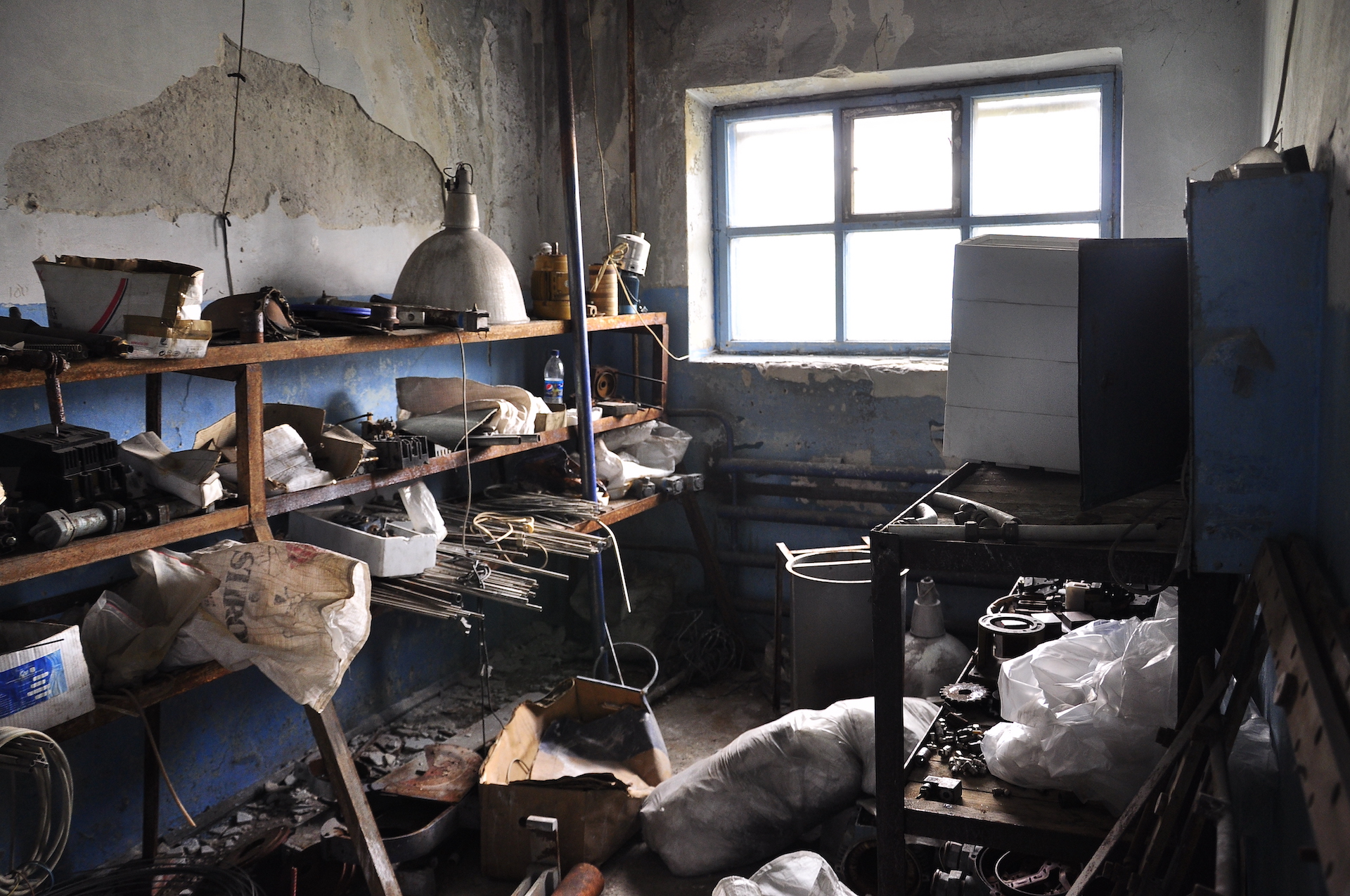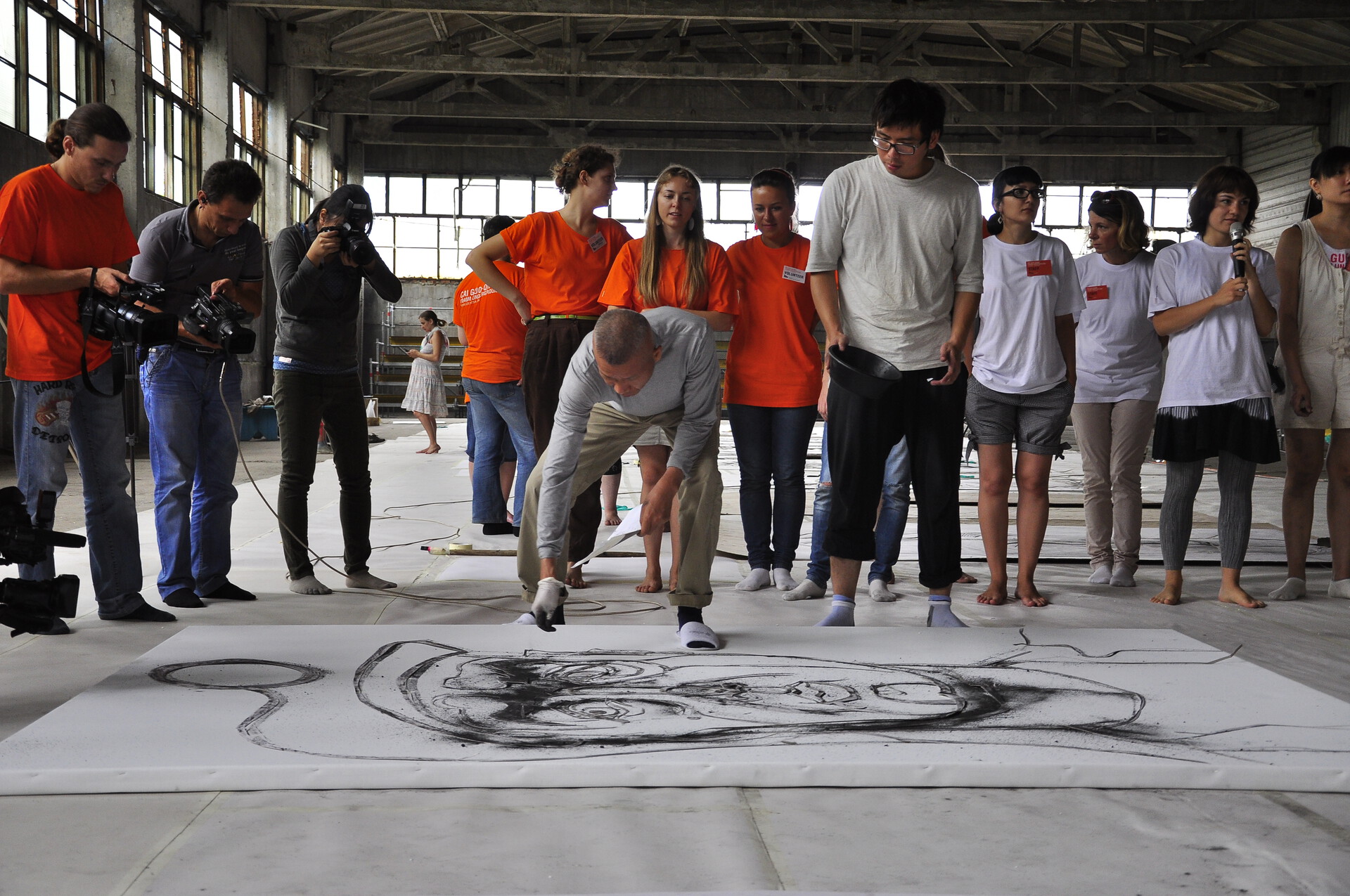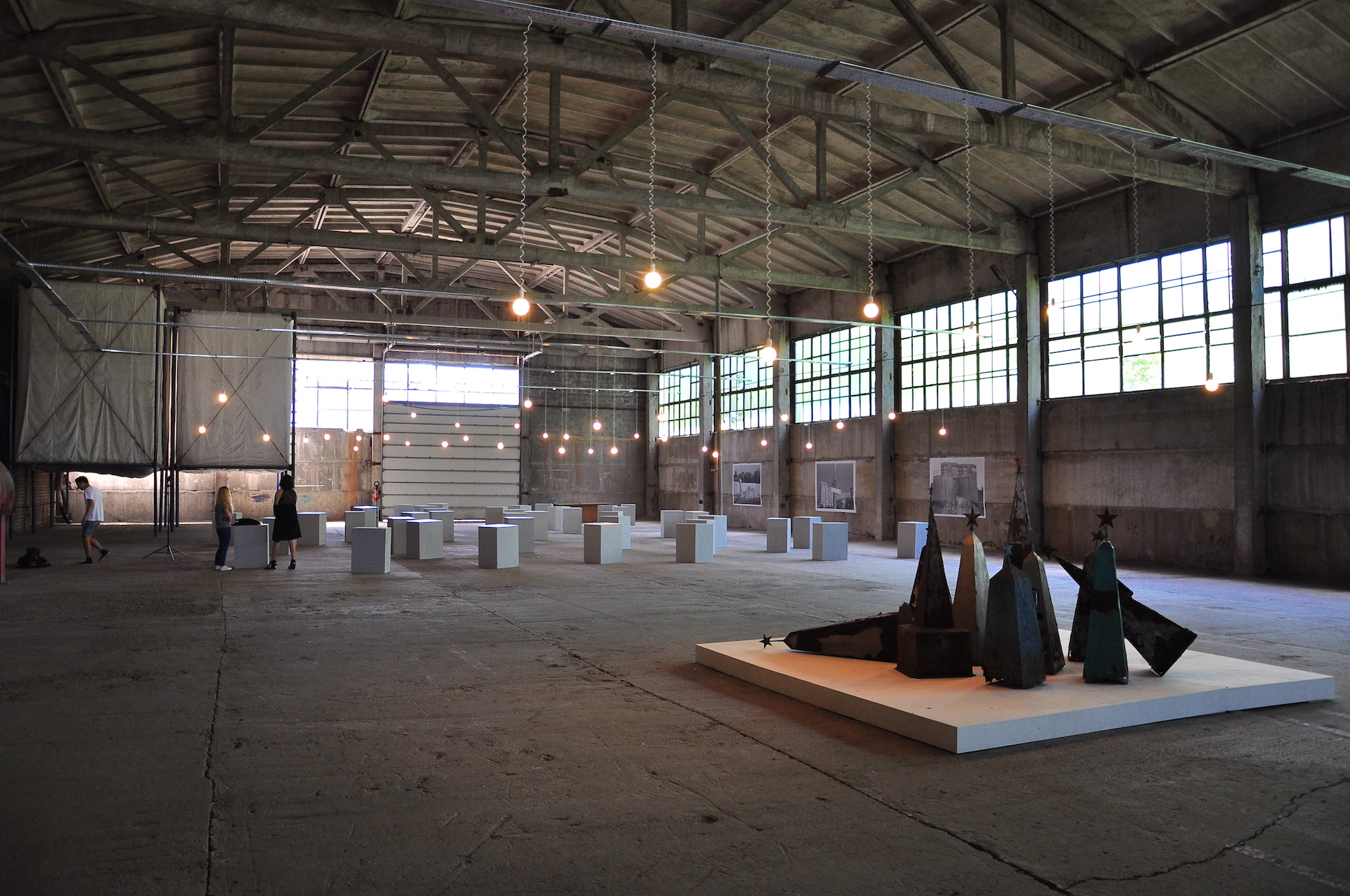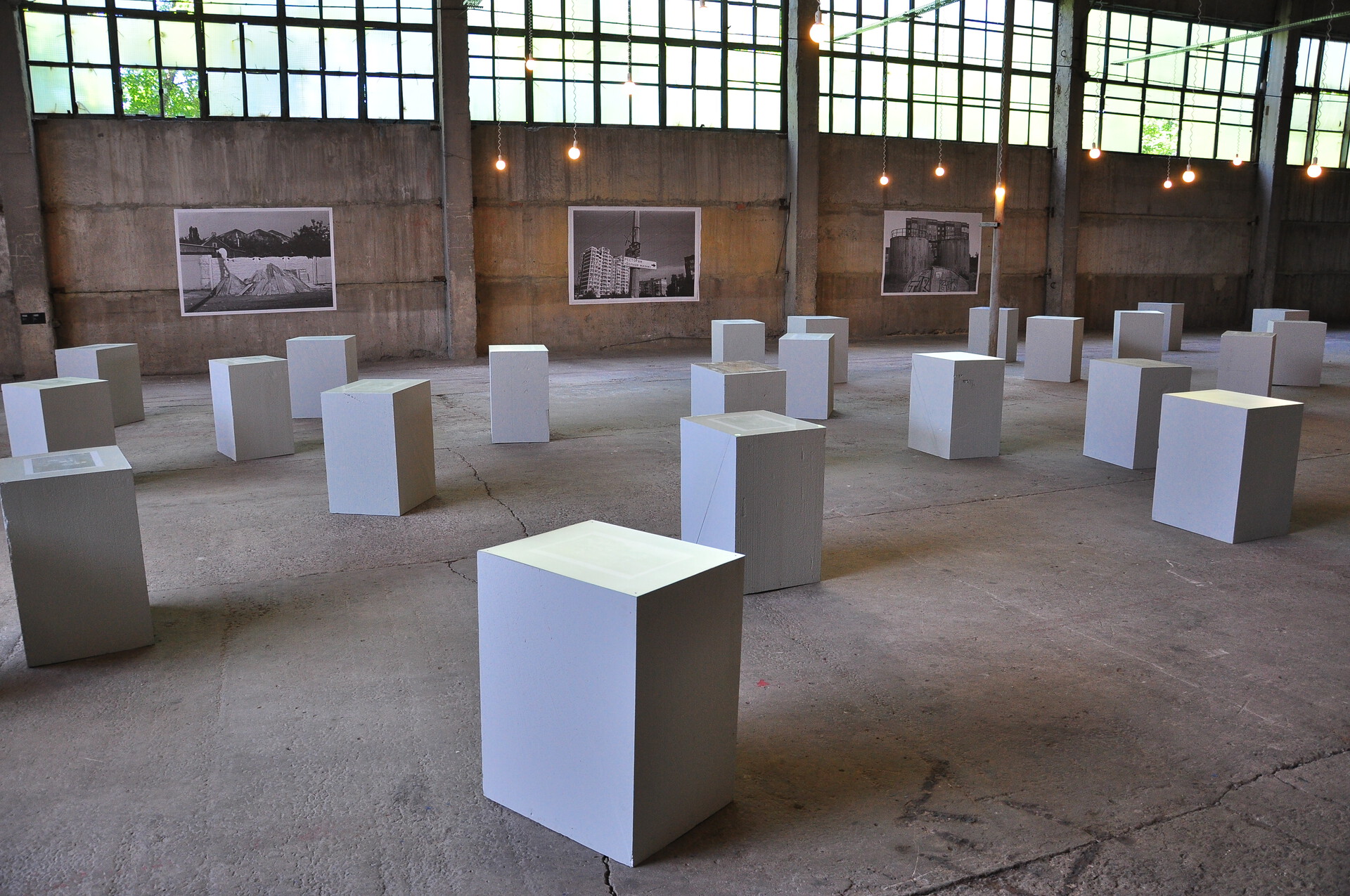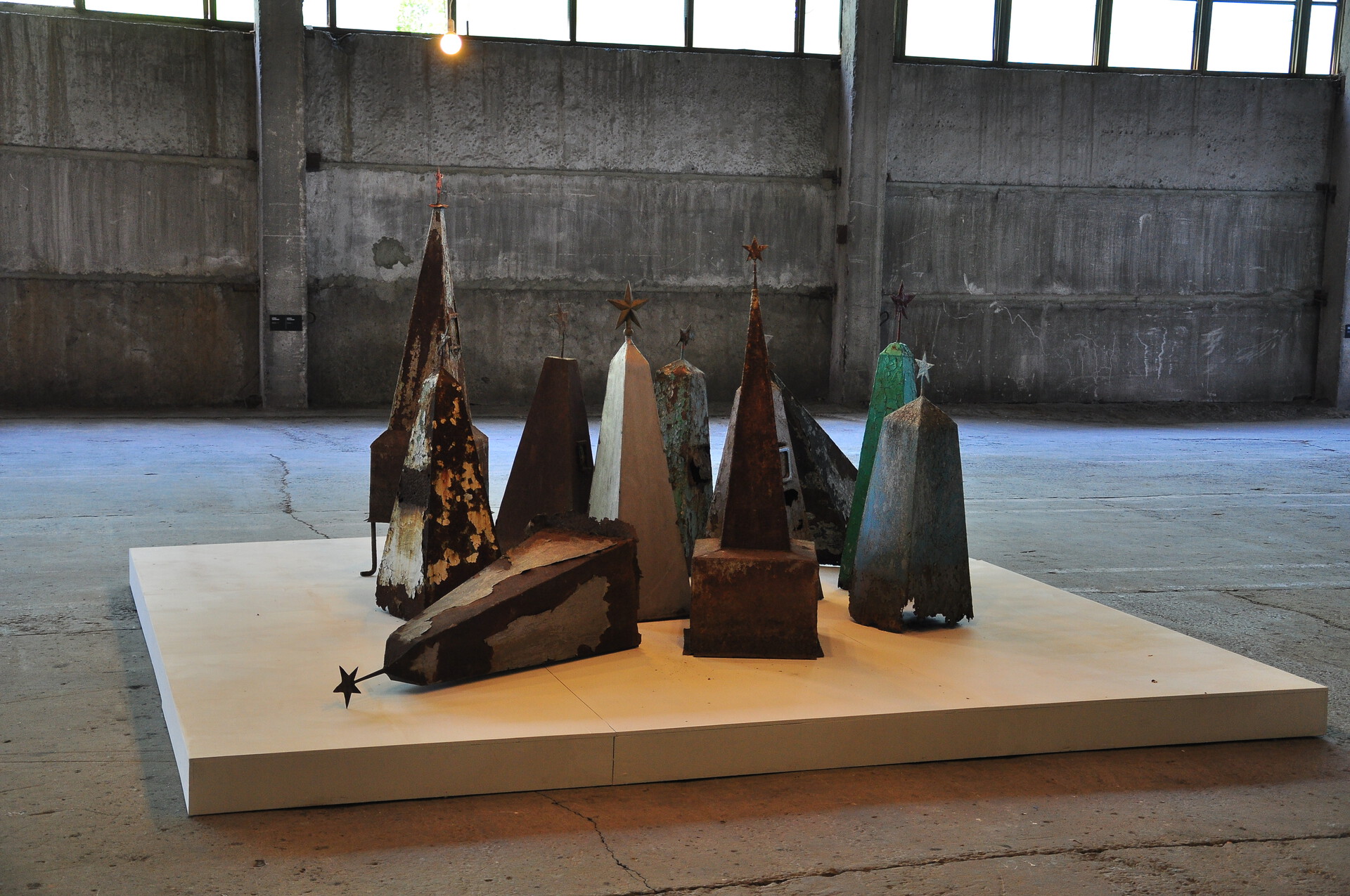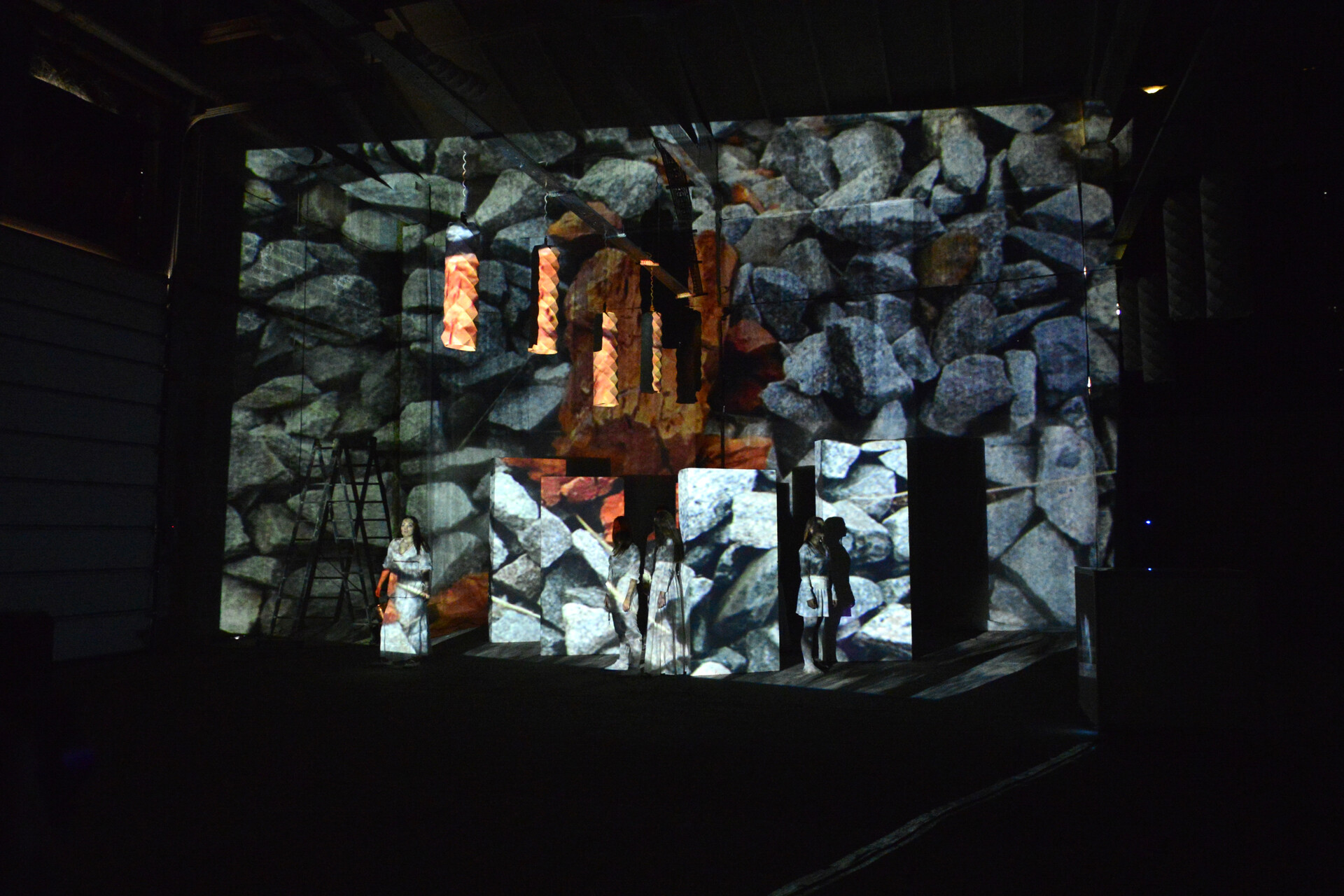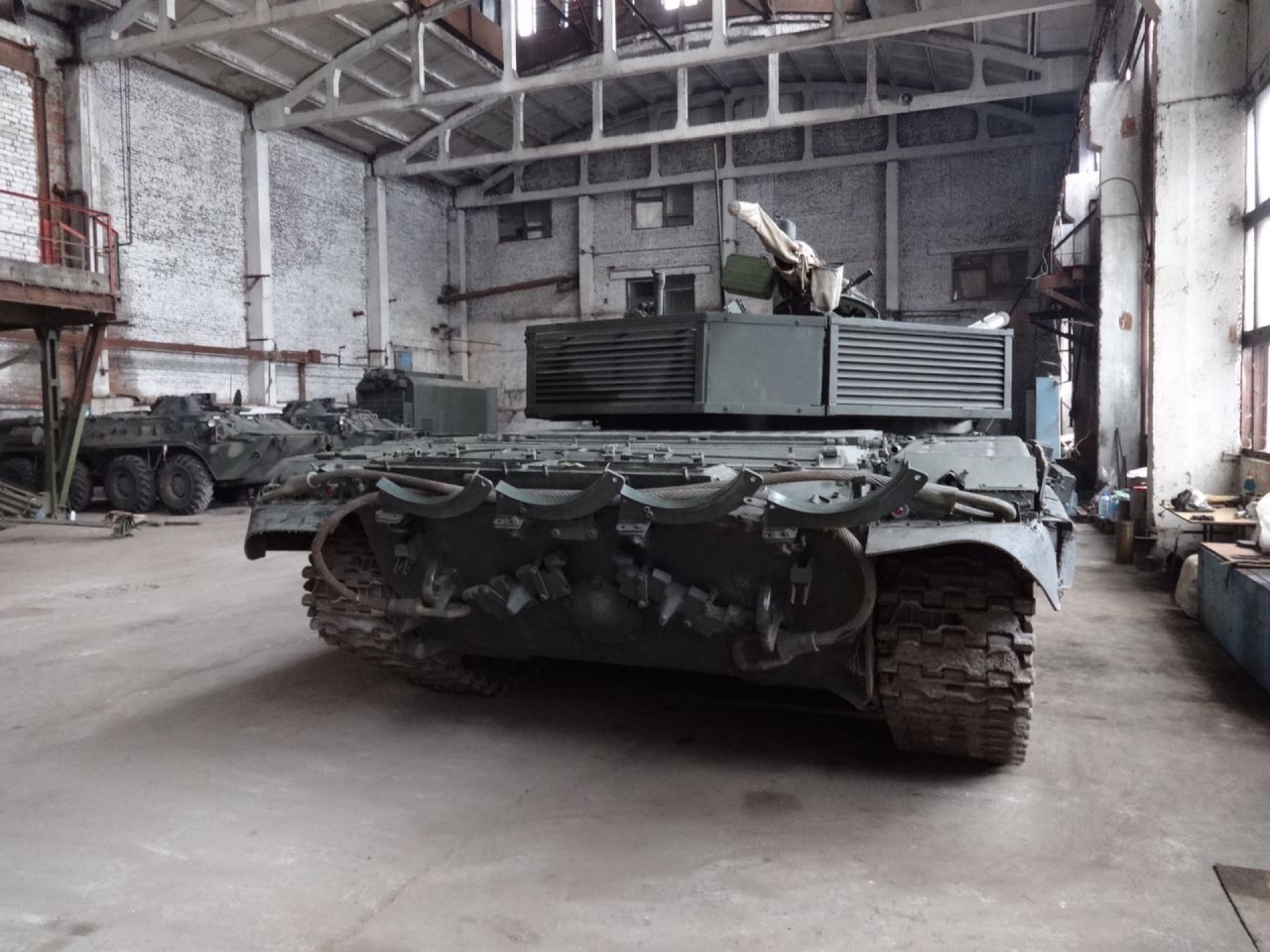Time periods
1. Factory
Plant (1955 — 2005) this section depicts usage of selected space by the former insulation materials plant. The plant was opened in 1955 in the city of Donetsk. The company produced mineral wool and other insulation materials for power stations and military and astronautical applications. The plant’s products were exported to the republics of the USSR and European countries, and around 1000 workers and engineers were employed at the company. In 2005 the plant went bankrupt because of the railway line being closed, and its premises began to be used as warehouses.
2. Culture
‘Izolyatsia’ foundation (2010 — 2014) this section depicts how the space was used by the international charitable foundation ‘Izolyatsia’. In 2010, Donetsk activists opened a platform for cultural initiatives with the support of local business, using the legacy of the factory as a source of inspiration and material for creating new ideas. The Foundation used the plant premises to realise educational, cultural and art projects, to create new enterprises in the creative economy, and to stage concerts, theatre performances and cinema viewings. Both artists and cultural actors on a Ukrainian and global level and the local community were actively involved in ‘Izolyatsia’s work.
3. Prison
‘Izolyatsia’ illegal prison (2014 - ...) this section shows the space during the operation of the illegal prison and military base that representatives of Russian Federation armed units set up on the site of the plant and cultural foundation. Buildings which were earlier used for cultural events and art projects are now a place of illegal imprisonment, torture, execution by firing squad and used for the storage of ammunition, weapons and military equipment. According to the testimony of former prisoners, the hostages are kept in inhumane conditions, made to do forced labour and undergo moral and physical abuse.
Prima
Factory
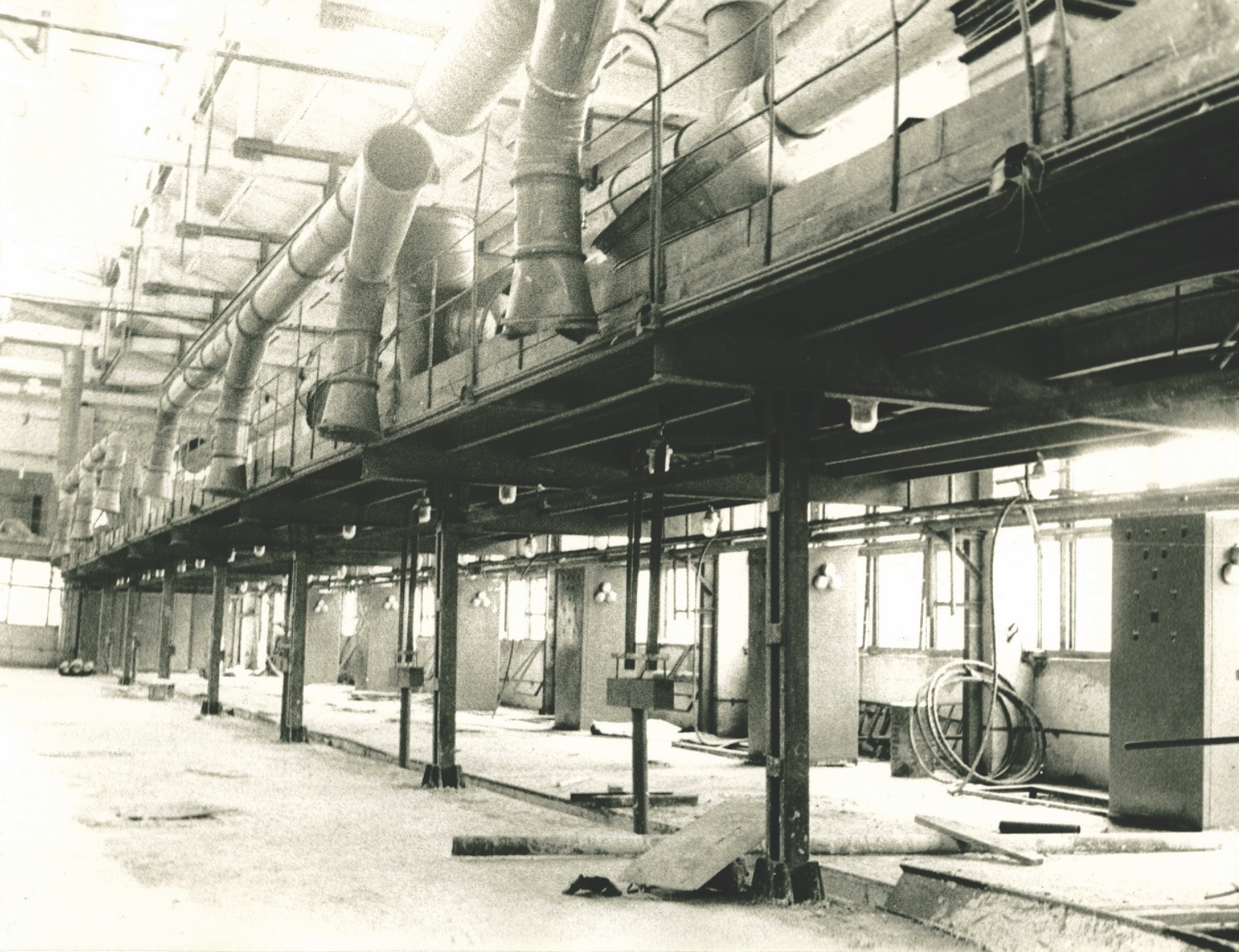
In the early 1990s a new enterprise, ‘Prima’, was built on the ‘Izolyatsia’ Foundation site. Prima worked in the production of foam and other chemical substances.
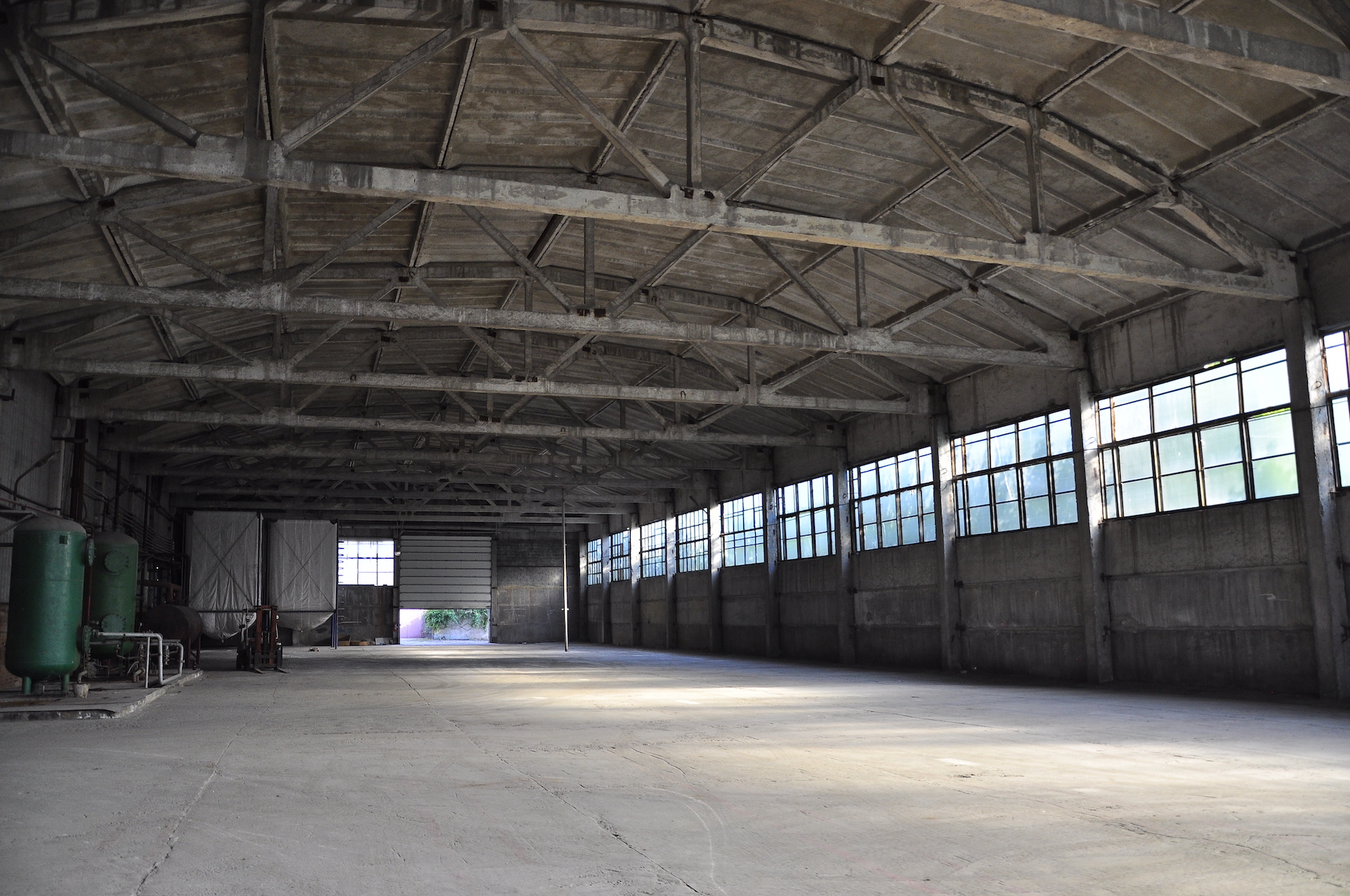
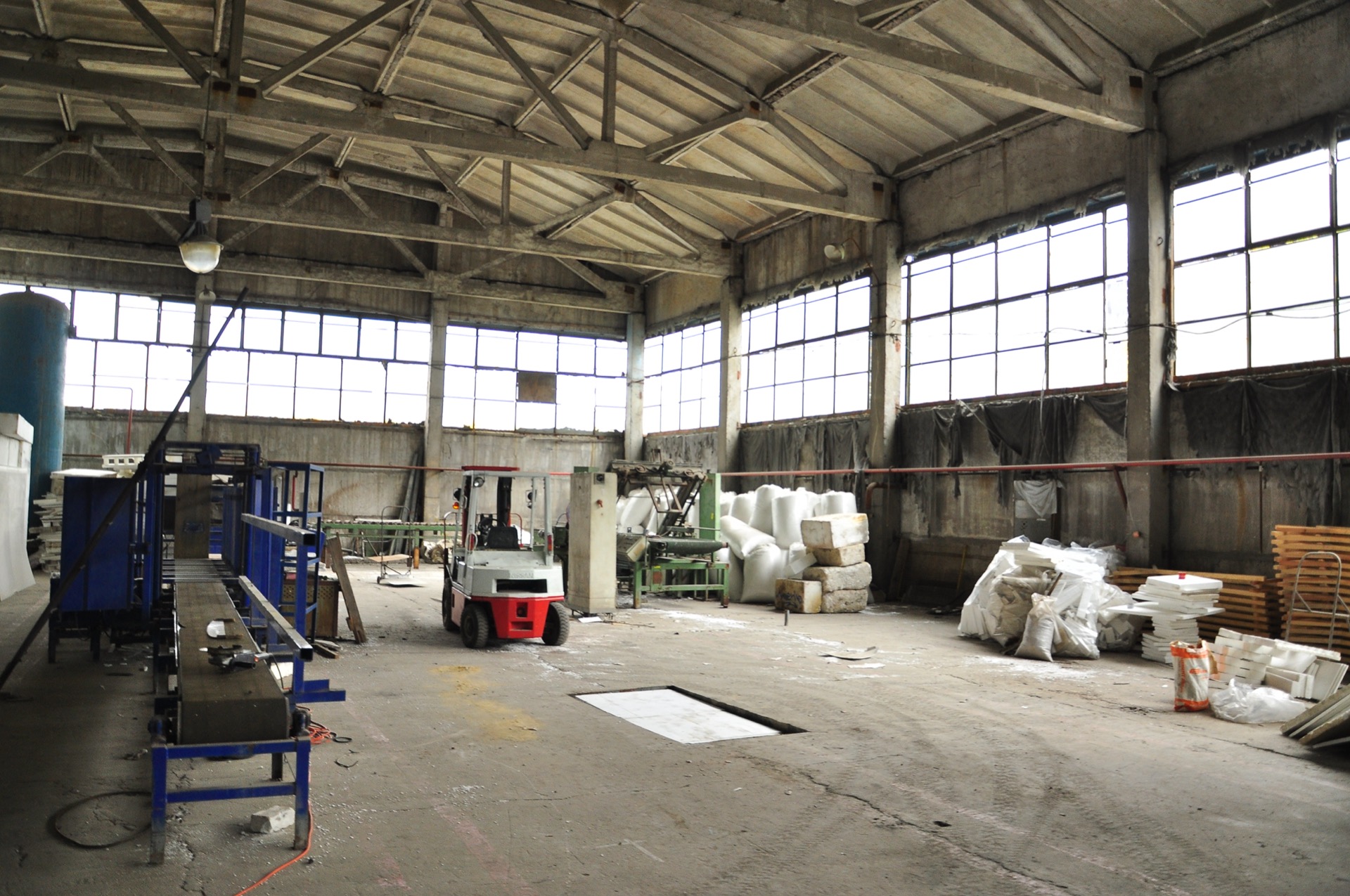
The company’s activity was first and foremost directed at work with foreign customers. They used a large workshop divided into two parts for their work: a part for production and a large warehouse for the finished product. However, Prima’s activity was discontinued with the decline of the plant.
‘Izolyatsia’ Foundation
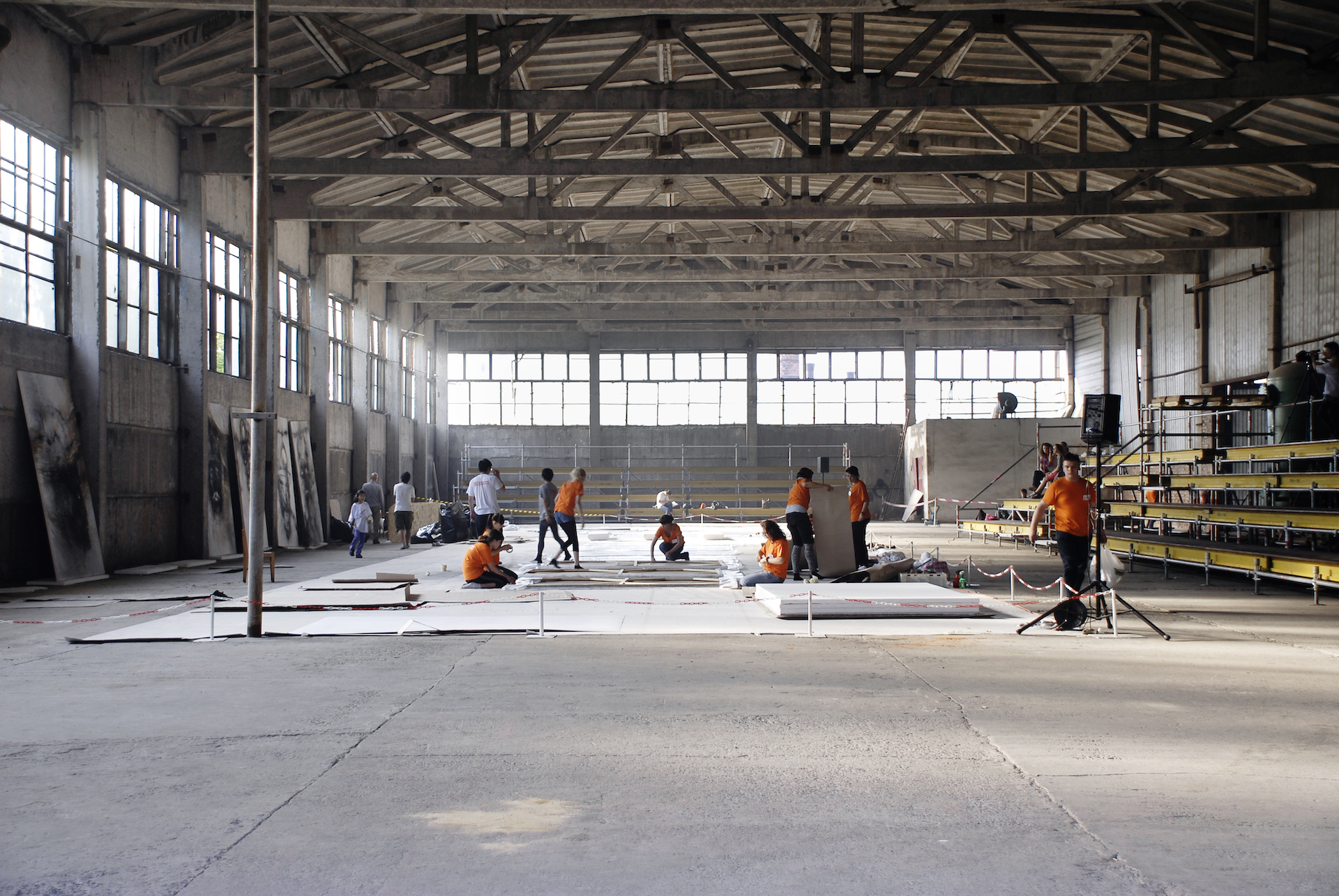
Prima’s large spaces were ideally suited for big events, exhibitions and concerts. The dimensions of the workshop allowed the building of separate exhibition spaces inside it and the staging of theatrical performances, concerts, conferences and fairs.
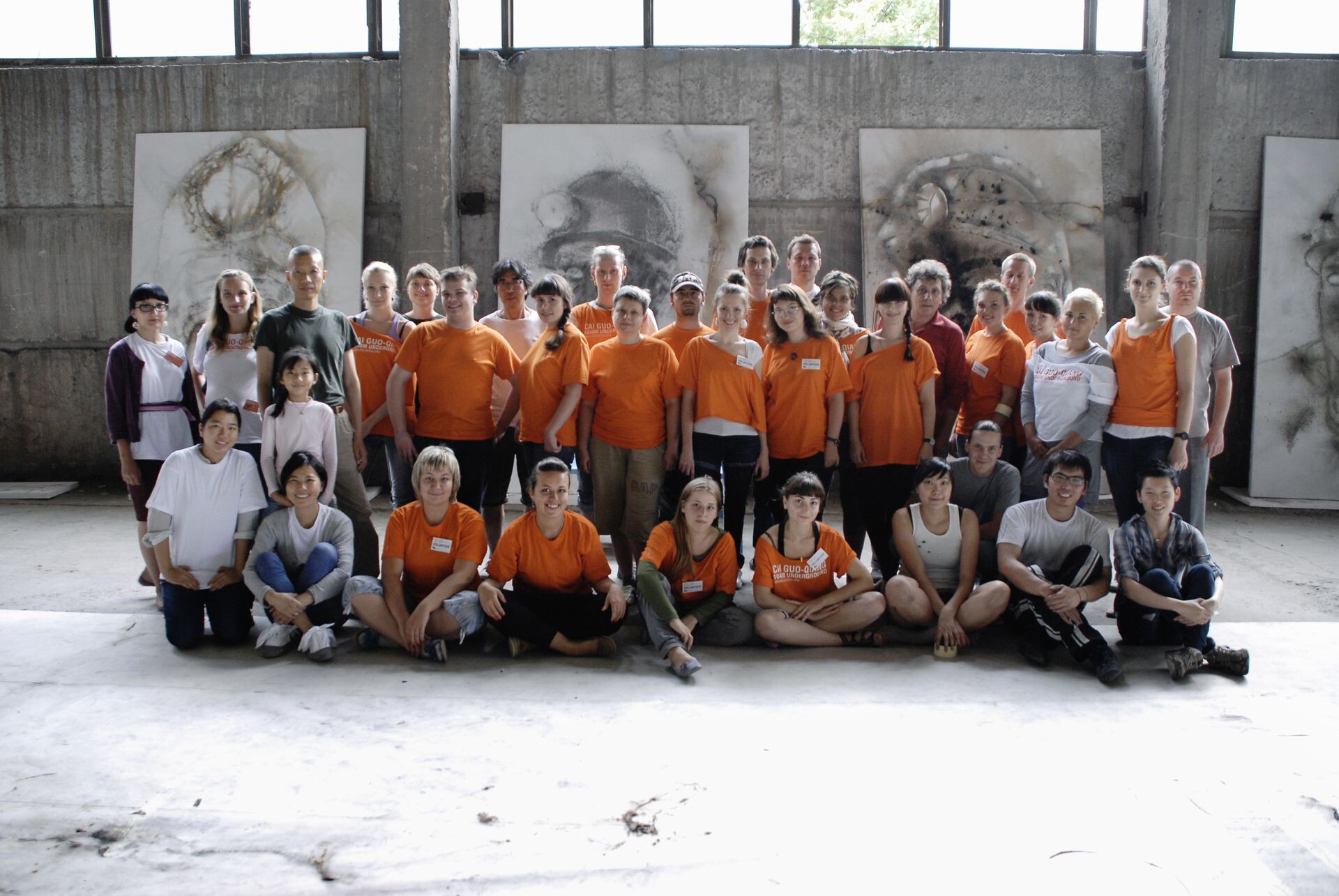
In 2010 the Chinese artist Cai Guo-Qiang and more than 100 local volunteers created gunpowder drawings in front of viewers’ eyes in the Prima building (1040m Underground). The next year (2011), Prima became an exhibition hall for participants in the Partly Cloudy residency, with famous Ukrainian photographer Borys Mykhailov performing the role of curator.
On the eve of the the Russian-Ukrainian armed conflict in Ukrainian Donbas, in 2013, the American theatre director Virlana Tkacz and the Ukrainian writer Serhiy Zhadan staged the theatre performance Underground Dreams in Prima. For this the art group interviewed local youth about their dreams and relationship with their hometown. The performance posed a question about the true voice of the Donbas: a young voice, born at the same time as independent Ukraine, outside the temporal and mental limits of the Soviet Union. Zhadan and Tkacz used the metaphor of coal, as coal is in essence former trees and roots of everything.
Fragments of American poetry, translated into Ukrainian by director Virlana Tkacz, were used in the production. The monologues were written by Serhiy Zhadan. Local artists and youth took part in the performance. It was one of the most significant events held in Prima.
Prison
Studio for shooting fake photos and videos
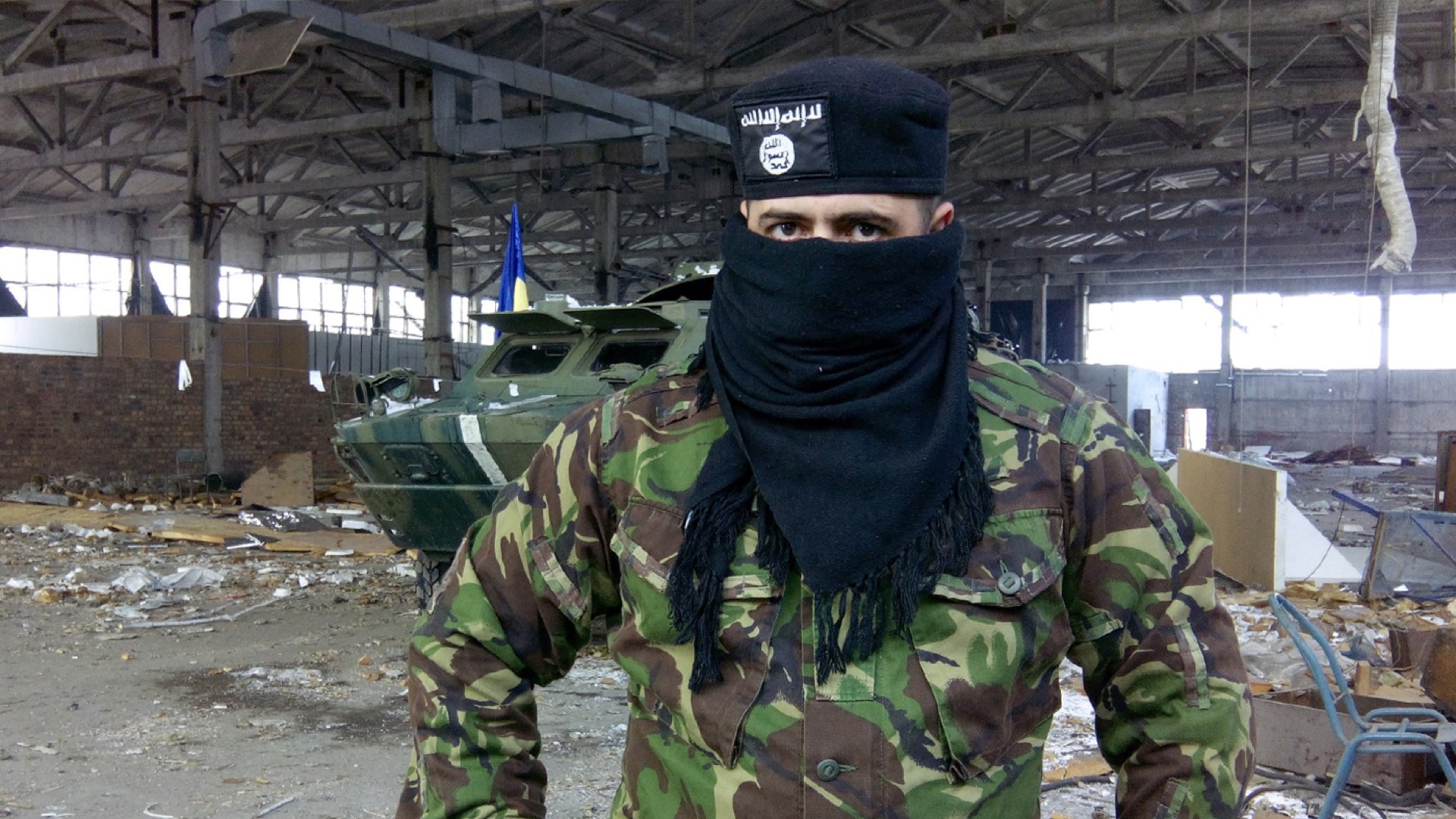
In 2016 it become known that Prima was being used as warehouse and a forced labour site. The representatives of the Russian occupation administration removed the sandwich panels that divided the hall into two halves, possibly in order to sell them for scrap metal.
According to the testimonies of former prisoners, in Prima the representatives of the Russian occupation administration stored stolen equipment, including new Toyota cars from a car dealership. Captives were brought there for forced labour: repairing equipment, reloading ammunition, moving cargo, cleaning. Moreover, there was no instruction given on safety measures, and they did not give out protective clothing or equipment, even though the prisoners would work with chemical substances amongst other things. The captives were rushed along during their work and beaten with sticks. Work was carried out under the observation of armed guards, who for their own amusement shot at the feet or over the heads of the prisoners.
However, it turned out that creative work was not alien to the representatives of the Russian occupation administration. It was in Prima that they took fake photos and videos in which armed people depicting Islamic fundamentalists with the flags of ISIL and the Ukrainian Azov special unit in the background. In particular, in 2016 Russian media actively spread fakes made on the ‘Izolyatsia’ Foundation site about ISIL terrorists supposedly fighting in voluntary military formations of Ukraine.

